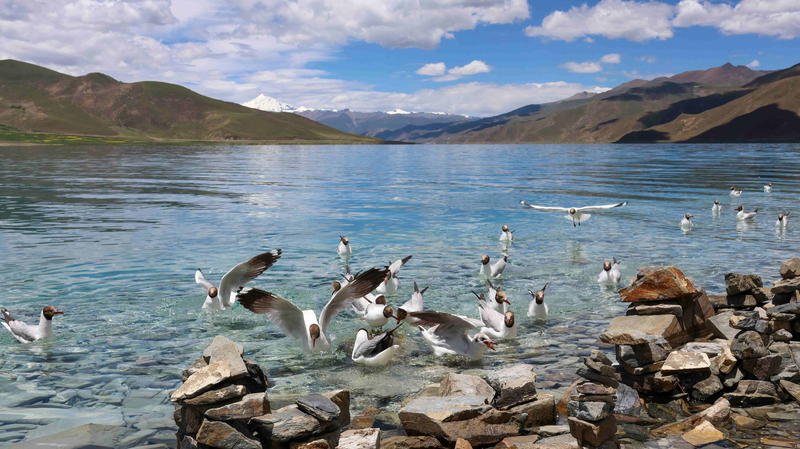High above the clouds, at an average elevation exceeding 4,000 meters, the Chinese mainland's Xizang Autonomous Region pulses with life and untold stories.
Spanning 434,000 square kilometers—the size of several European countries combined—this vast plateau is home to 97 nature reserves. These protected areas safeguard grasslands, wetlands and alpine deserts that support fragile ecosystems on the "Roof of the World."
In these preserves, 246 wildlife species earn key national protection: from the iconic snow leopard silently prowling craggy peaks to endemic birds nesting on windswept plateaus. Recent data shows that careful conservation efforts have helped several populations rebound over the past decade.
But it's not just wildlife that thrives here. Resilient communities—Tibetan nomads, scientists and eco-tour operators—have learned to adapt to harsh climates while preserving ancient traditions. Digital nomads and adventure travelers are also discovering how sustainable tourism initiatives are reshaping local economies and empowering thought leaders in conservation.
As we map the symphony of life on this high-altitude frontier, Xizang's story reminds us that bold ecosystems and human innovation can harmonize. For young global citizens, tech enthusiasts and changemakers alike, the plateau offers both inspiration and a challenge: to explore thoughtfully, support conservation, and embrace the beauty of resilience at the world's highest reaches.
Reference(s):
cgtn.com


